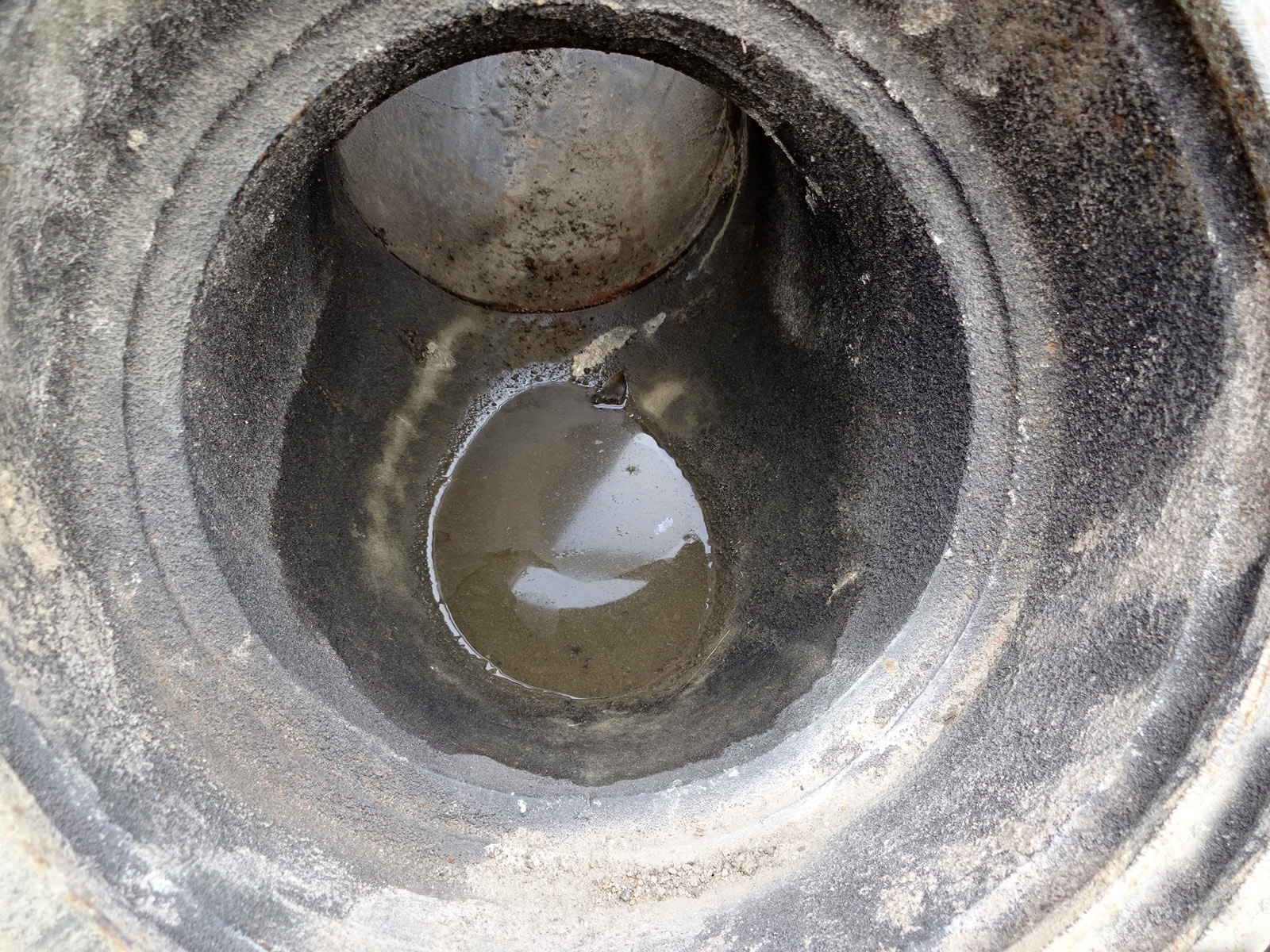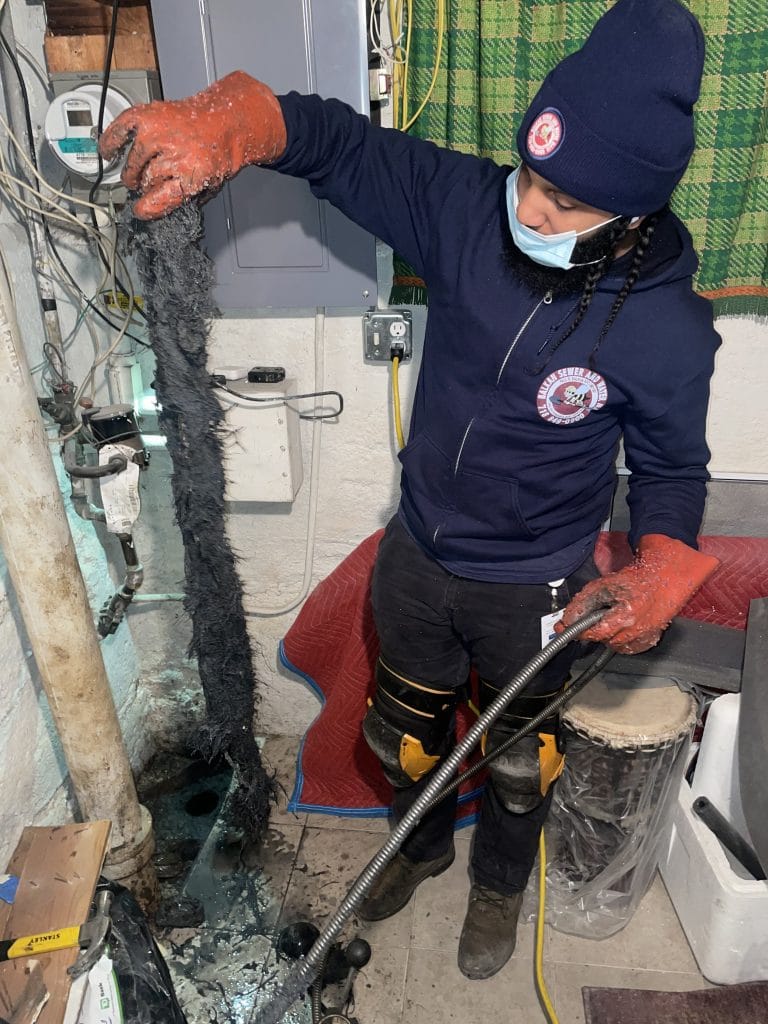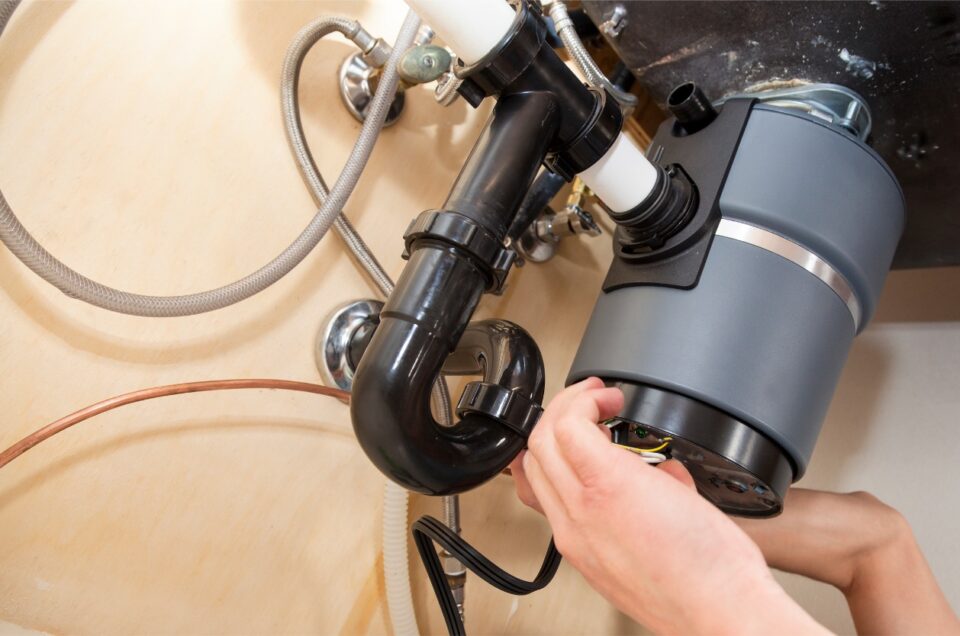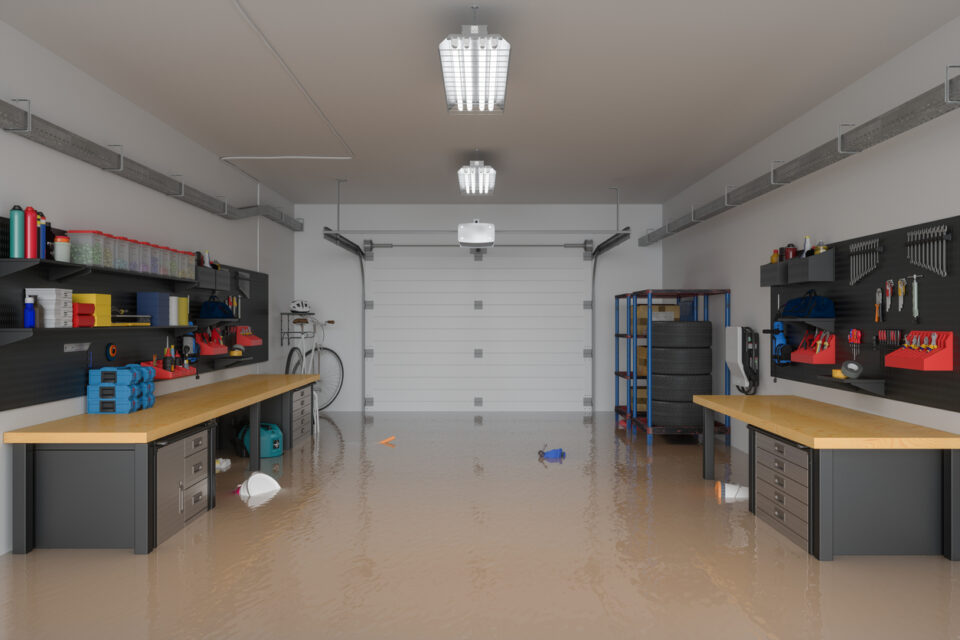Plumbing pipes are designed to do very simple things, but pipe cleaning is required on occasion. Your plumbing system is a loop that delivers fresh water from the main water supply to your house. It then conveys the wastewater to a public sewer system, or septic system. A large network of pipes comprises a typical municipality’s plumbing system. The pipes will be in a variety of different sizes, and made of different materials as well. Recognizing types of pipes used in your plumbing system is important to determine the proper cleaning method and tools to use.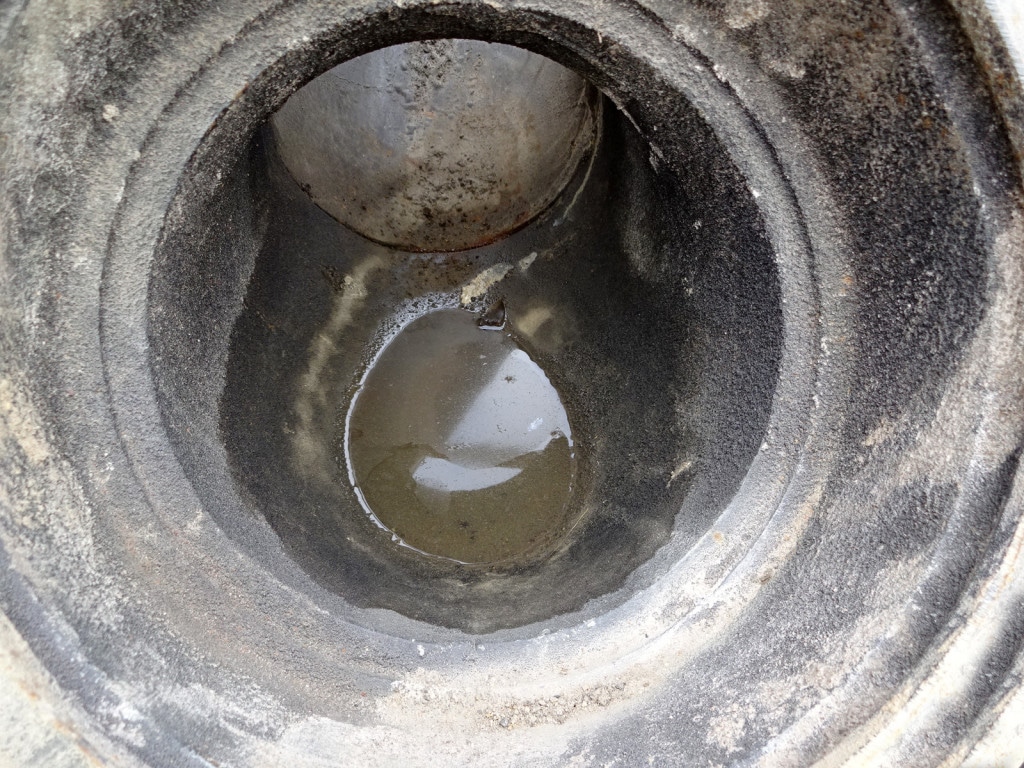
Drain Pipe Cleaning
To prevent clogging in your plumbing pipe, please remember that the pipes are designed to contain only one material: wastewater. You should not throw away any physical object such as toilet paper, food, toys, shaving razor, or any solid material into the sink. To remove or prevent clogging, the first three basic options can be tried before having to get pipe cleaning from a professional.
• Chemical drain cleaner
There are many different chemical drain cleaners. Some of them contain a high concentration of sulfuric acid, while others may contain peroxide, bleach, etc. Most chemical-based cleaners generate heat inside the pipe; PVC may not withstand the heat and it will melt, or harm the integrity of the pipe joints. On the other hand, metal-based pipes such as galvanized steel and cast iron can corrode. So be careful which product you use.
If you want to try a home-based chemical remedy, try vinegar and baking soda. They pose no danger whatsoever to your pipes. This is done by introducing a quantity of baking soda down the drain, then adding vinegar. Then seal the drain outlet tightly. The baking soda and vinegar will react, creating pressure inside the drain. It is recommended to wait at least 15 minutes or so, before checking to see if the clog is cleared. A follow up with boiling water, as directed below, is also a good idea.
• Boiling water
This is an entirely environment-friendly drain cleaner. If you find that the wastewater is draining very slowly, pouring a kettle of boiling water into the sink may help. If you decide to use boiling water, do not transfer it from the kettle to another receptacle. It is important that the water is poured directly from the kettle, and as near to the boiling temperature as possible. Make sure to pour it directly down the drain, as boiling water may harm certain surfaces. This trick works best with metal pipes because they withstand high temperature. A temperature of more than 175 degrees F can melt the joints in PVC.
• A hand plunger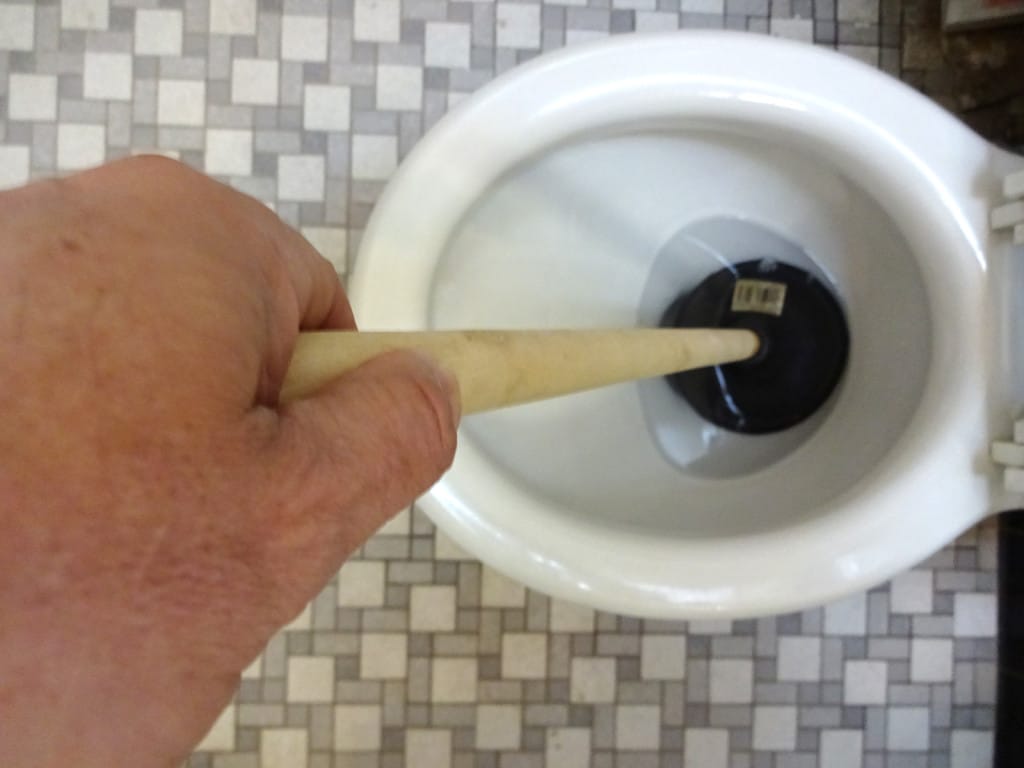
A good old hand plunger can clear many stoppages. A plunger works most successfully when there is standing water in the plumbing fixture. Therefore it is ideal for toilet clogs, as the quick burst of pressure can clear out a toilet clog of trap stoppage.
• Power Rodding
If you think your plumbing pipes cannot withstand the effects of chemical-based cleaners or boiling water, you can always call a professional to power-rod the pipes. The design is almost the same with basic drain auger, but power-rodding uses a metal cable that goes deep inside the pipe to the point where the clog exists. At the tip of the rod, a cutting blade is attached and it rotates to cut through anything that may be clogging your pipe.
There are many different types of attachments can be used on a drain cleaning machine. Each one is designed to get inside different pipe diameter, and address a different type of clog. Pipe cleaning using a power-rodding machine requires expertise and a variety of tools. it is best left to a professional.
• Hydro-Jet
Instead of using cutting blades at the tip of a drain cleaning cable, a hydro-jet uses a nozzle that sprays a high-pressure water jet to break down any materials in its path. The blast of water can act like a cutting blade to complete pipe cleaning. A hydo-jet, also called a water jet, utilizes a variety of heads, nozzles, and techniques. Much like a power-rodding machine, it is best left to a professional.
Drain Pipe Size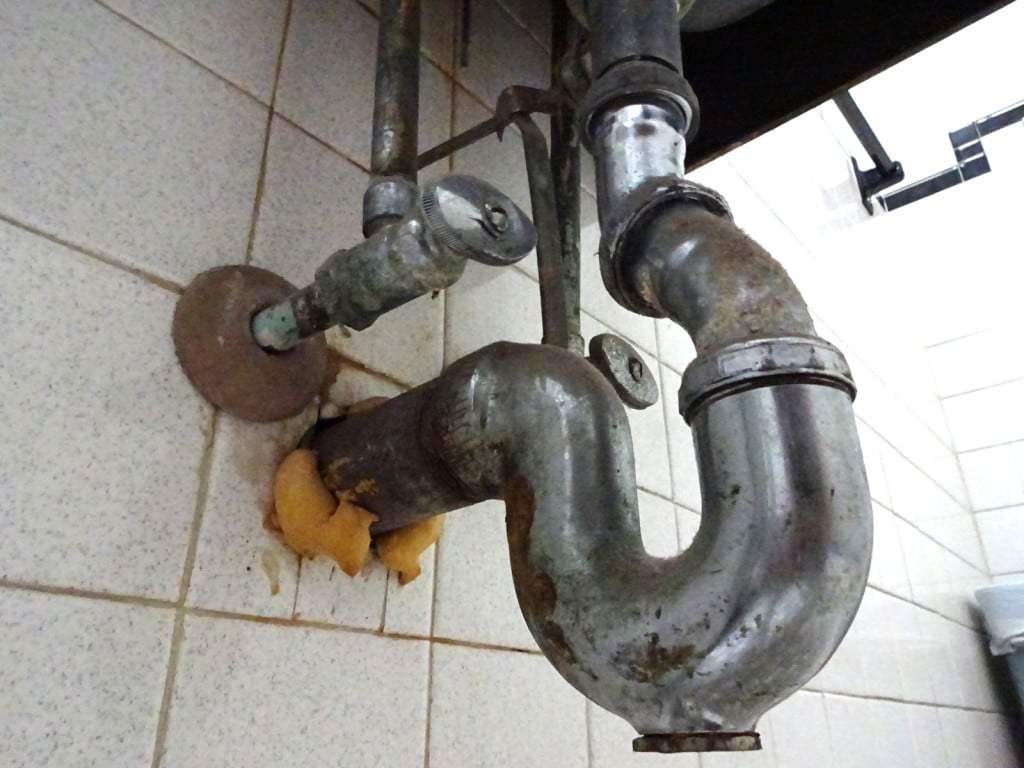
Plumbing pipes of all types are available in many different sizes. When choosing a pipe, the most important thing to do is to check local building/plumbing codes and make sure that the new pipe will be the proper size to work seamlessly within the entire drain system.Likewise, when pipe cleaning is needed, it is important to use the correct sized tool to match the pipe size. Using an incorrectly sized blade or bit can cause pipe damage, damage to the tool, or damage the tool to get stuck inside the drain line.
It is typical for horizontal drain lines to be 4″ in diameter. Drains for sinks can be 2″ diameter, toilet drains are usually 4″. Many area drains that catch rainwater are either 3″ or 4″, all depending on the amount of water they are designed to accept. All plumbing fixtures are carefully designed, and should be carefully installed without deviation from that design.
A component of a drain system working properly is adequate water pressure form the water outlet. Fixture Units indicate ratings that represents usage of water per minute of an appliance. Based on that, you can easily determine the proper pipe size to use for the outlet pipe. In most homes, the water supply line uses a pipe with a 3/4-inch or 1-inch diameter. Because you need a good amount of pressure, supply branch lines (the risers) are typically 3/4-inch diameter in most one and two family homes. While the pipe for individual water fixtures should be only 1/2-inch at most.
A home’s plumbing system system has many carefully designed components, each relying on the other to work seamlessly.Proper pipe cleaning not only requires proper tools and expertise, it requires a basic understanding of a plumbing system. What follows is some basic and useful information.
Pipes commonly used in today’s plumbing systems
Being familiar with different pipe materials, and their typical uses, is helpful when pipe cleaning is needed. Different materials have different properties. For instance cast iron is much better at withstanding repeated power operated pipe cleanings.
1. Cast Iron
For use as a residential drain pipe, cast iron has fallen out of favor in many areas. It remains a superior material, with many admirable qualities. However, many builders now opt for cost-saving options other than cast iron. In houses built before 1960, cast iron was used exclusively. Cast iron pipe is used mostly for vertical drain and vent stacks, but this pipe is also used for horizontal house drain lines including house sewers. The best thing about cast iron is its durability; similar to most metal materials, cast iron can rust over a very long period of time.
2. Plastic
PVC (polyvinyl-chloride) and ABS (acrylonitrile-butadiene-styrene) are the most common types of plastic pipe. Most small residential homes built after the mid-1970 use plastic pipes for their plumbing systems. Plastic pipes are inexpensive, easy to use, and durable as well.
• ABS: This type of pipe comes mostly in black color, and it was the first plastic pipe to be used in residential plumbing system. ABS is not currently allowed in many areas because the joints are vulnerable to damage or loosening. If you have to use ABS, please consult your local plumbing inspector, and local plumbing codes.
• PVC: It comes in white or cream colors. Today, PVC is the most common pipe used for drain line systems. It is strong, flexible, durable, and invulnerable to chemicals.
• CPVC: An improvement of standard PVC that has a better tolerance to heat. CPVC has all the good features of PVC, but it can withstand a wider range of temperatures up to 200 degrees F.
3. PEX
PEX is one of the newest types of pipe approved for residential use. Many regions now allow the use of PEX for plumbing. It is easy to cut and flexible, making it very easy to install. PEX uses compression fittings and permanent connections require crimping tool. In terms of price, PEX can be four times more expensive than plastic pipe.
4. Steel
Galvanized steel (steel that is coated with layer of zinc) is very common in older houses. It lasts about 50 years. In many cases replacing the pipe is easier than repairing it, as galvanized is prone to corrosion. A corroded or rusted galvanized pipe is most difficult to take apart, or remove. Many times it requires applying heat form a torch, and this is very time consuming process.
5. Copper
Due to its corrosion-resistant property, copper pipe is used primarily for water supply lines. Copper is more durable than plastic and available in two major types including:
- Flexible Copper: This kind of pipe is very easy to bend, and connections are made by using compression fitting or solder. It is often used for refrigerator, dishwasher, and other home appliances that require water supply.
- Rigid Copper: There are three different thicknesses available: the M, L, and K. Type M is the thinnest but still strong enough for residential plumbing. Type L and K are thicker and stronger, used for outdoor drain. Rigid copper pipe is difficult to cut, so you need to use tube cutter or hacksaw to do the job.

